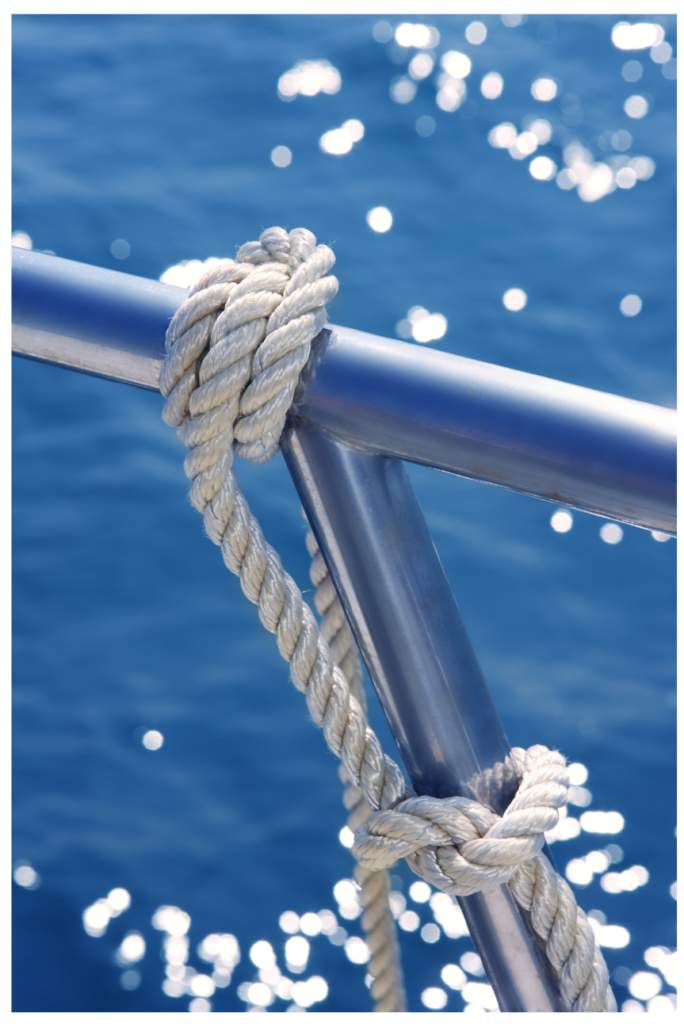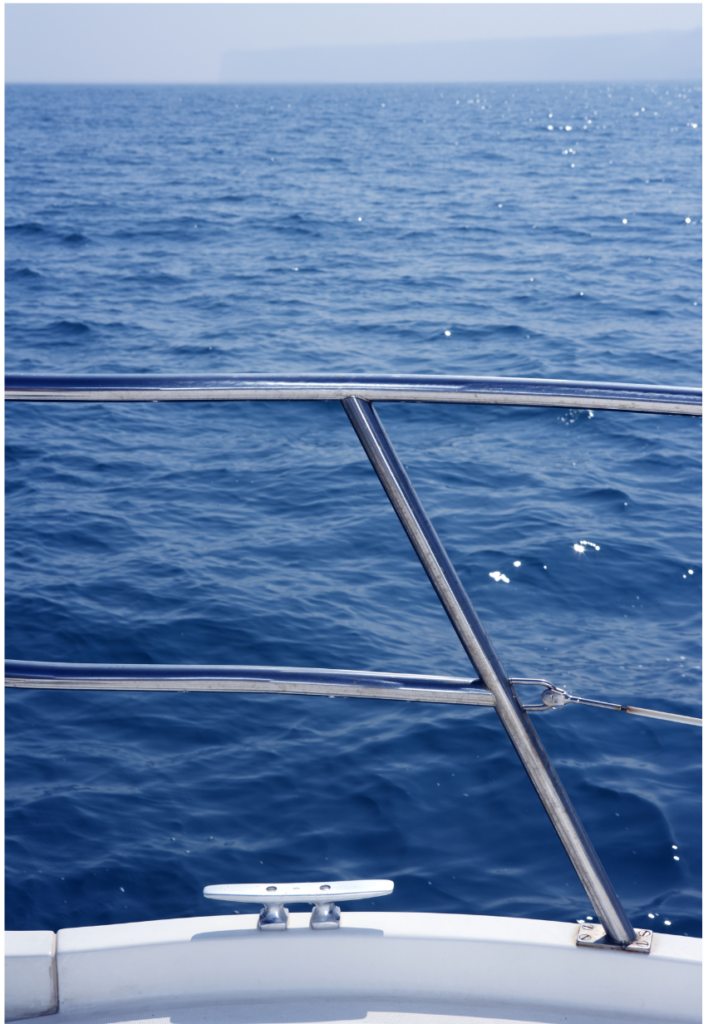The Science Behind Corrosion Resistance
Corrosion is a natural process where metals deteriorate due to chemical reactions with their environment. In most metals, corrosion leads to rust and weakening, which compromises structural integrity. Stainless steel, however, is engineered to resist these reactions through the inclusion of specific alloying elements.
- Chromium Content: The key to stainless steel’s corrosion resistance is its chromium content, which typically ranges from 10.5% to 30%. Chromium reacts with oxygen to form a thin, invisible layer of chromium oxide on the surface of the steel. This passive layer acts as a shield, preventing further oxidation and corrosion.
- Other Alloying Elements: Elements such as nickel, molybdenum, and nitrogen are also added to enhance the corrosion resistance of stainless steel. Nickel improves the material’s overall stability, while molybdenum increases resistance to pitting and crevice corrosion in chloride environments. Nitrogen boosts the strength and resistance to pitting corrosion.
Performance in Marine Environments
Marine environments are notoriously harsh due to the presence of saltwater, which accelerates the corrosion process in most metals. Stainless steel, particularly grades like 316 and 316L, is commonly used in these settings due to its enhanced corrosion resistance.
- 316 Stainless Steel: This grade contains 2-3% molybdenum, which significantly improves its resistance to pitting and crevice corrosion in saline environments. It is widely used in boat fittings, coastal architectural structures, and underwater pipelines.
- Seawater Applications: In addition to resisting saltwater corrosion, stainless steel is also able to withstand the impact of marine organisms and biological fouling, making it ideal for long-term use in seawater applications.


Performance in Chemical Environments
Chemical environments pose a variety of corrosive challenges due to the presence of acids, alkalis, and other reactive substances. Stainless steel is used extensively in the chemical industry for its ability to resist these aggressive agents.
- Chemical Processing Equipment: Grades such as 304 and 316 stainless steel are commonly used in the manufacturing of tanks, pipes, and reactors due to their resistance to a wide range of chemicals. For more aggressive environments, high-alloy grades like 904L and duplex stainless steels are employed.
- Pharmaceutical and Food Industries: Stainless steel’s corrosion resistance, combined with its non-reactive nature, makes it a preferred material for equipment in the pharmaceutical and food industries, where purity and cleanliness are paramount
Performance in Industrial Environments
Industrial environments often involve exposure to high temperatures, pressures, and a variety of corrosive substances. Stainless steel’s durability and corrosion resistance make it an excellent choice for industrial applications.
- High-Temperature Applications: Stainless steel grades such as 310 and 321 are designed to withstand high temperatures while maintaining their resistance to oxidation and corrosion. They are used in furnace parts, heat exchangers, and other high-temperature industrial processes.
- Pollution Control: In industrial settings where exposure to pollutants and harsh chemicals is common, stainless steel is used for ducting, scrubbers, and exhaust systems due to its ability to resist corrosion from acidic and caustic emissions.
Overcoming Saltwater Corrosion with Stainless Steel
Saltwater environments pose one of the most challenging corrosive conditions for metals. The high salinity, combined with other harsh elements such as marine organisms and variable temperatures, accelerates the corrosion process. However, stainless steel, with its exceptional corrosion resistance, has become the material of choice for many applications in marine and coastal environments. This blog post delves into the science behind stainless steel’s resilience against saltwater corrosion and explores its applications.
The Challenge of Saltwater Corrosion
Saltwater, with its high chloride content, is particularly aggressive towards metals. Chloride ions penetrate the passive oxide layer on metal surfaces, leading to pitting and crevice corrosion. These localized forms of corrosion can quickly compromise the structural integrity of the metal, leading to failures in marine applications.
Stainless Steel Grades Suitable for Saltwater Environments
Not all stainless steel grades are created equal when it comes to resisting saltwater corrosion. Specific grades have been developed to offer superior performance in these environments.
- 304 Stainless Steel: While commonly used in many applications, 304 stainless steel is susceptible to pitting in saltwater. It is suitable for less critical applications in marine environments, such as indoor coastal structures.
- 316 and 316L Stainless Steel: These grades are the standard choice for marine applications. The addition of molybdenum provides excellent resistance to pitting and crevice corrosion, making them ideal for boat fittings, dock components, and coastal architectural elements.
- Duplex Stainless Steels: These stainless steels have a mixed microstructure of austenite and ferrite, providing even higher resistance to chloride stress corrosion cracking and pitting. They are used in more demanding applications such as offshore oil and gas platforms and seawater desalination plants.

For a detailed comparison of stainless steel grades in marine environments, you can visit our in-depth guide on Comparing Stainless Steel Grades: Which One to Use? Differences Between 304 and 316 Stainless Steel.
Applications of Stainless Steel in Marine Environments
Stainless steel’s resilience against saltwater corrosion makes it indispensable in various marine and coastal applications.
- Boat and Ship Components: Stainless steel is used extensively in the construction of hulls, railings, fittings, and fasteners for boats and ships. Its durability ensures long-term performance and safety.
- Marine Infrastructure: Docks, piers, and other coastal structures benefit from stainless steel’s strength and corrosion resistance, reducing maintenance costs and extending service life.
- Desalination Plants: Stainless steel is used in desalination plants to convert seawater into potable water. Its ability to withstand the harsh, corrosive environment of saltwater is crucial for the longevity and efficiency of these plants.
Benefits of Using Stainless Steel in Marine Environments
The advantages of using stainless steel in saltwater environments are numerous:
- Longevity and Durability: Stainless steel structures and components have a longer lifespan compared to other materials, reducing the frequency of replacements and repairs.
- Low Maintenance: The corrosion resistance of stainless steel minimizes maintenance requirements, resulting in lower lifecycle costs.
- Safety and Reliability: Stainless steel maintains its structural integrity in harsh environments, ensuring the safety and reliability of marine applications.
Conclusion
Stainless steel’s corrosion resistance is a result of its unique chemical composition and the formation of a passive oxide layer on its surface. This makes it an invaluable material in environments that are harsh and corrosive, such as marine, chemical, and industrial settings. Its ability to withstand these challenging conditions not only enhances the longevity and durability of structures and equipment but also ensures safety and reliability in critical applications.
Stainless steel’s exceptional resistance to saltwater corrosion makes it an invaluable material for marine and coastal applications. Its unique composition and the addition of elements such as chromium, molybdenum, and nickel provide the necessary protection against the aggressive nature of saltwater environments. Whether for boat components, marine infrastructure, or desalination plants, stainless steel ensures durability, safety, and cost-effectiveness.
For more information on overcoming saltwater corrosion with stainless steel, visit the detailed article by Ulbrich Stainless Steels & Special Metals.

To explore how stainless steel can benefit your marine projects or to discuss custom solutions, visit our website at Lux Metal Group. Our expertise in stainless steel fabrication ensures that we can meet the stringent requirements of marine and coastal environments with precision and excellence.

